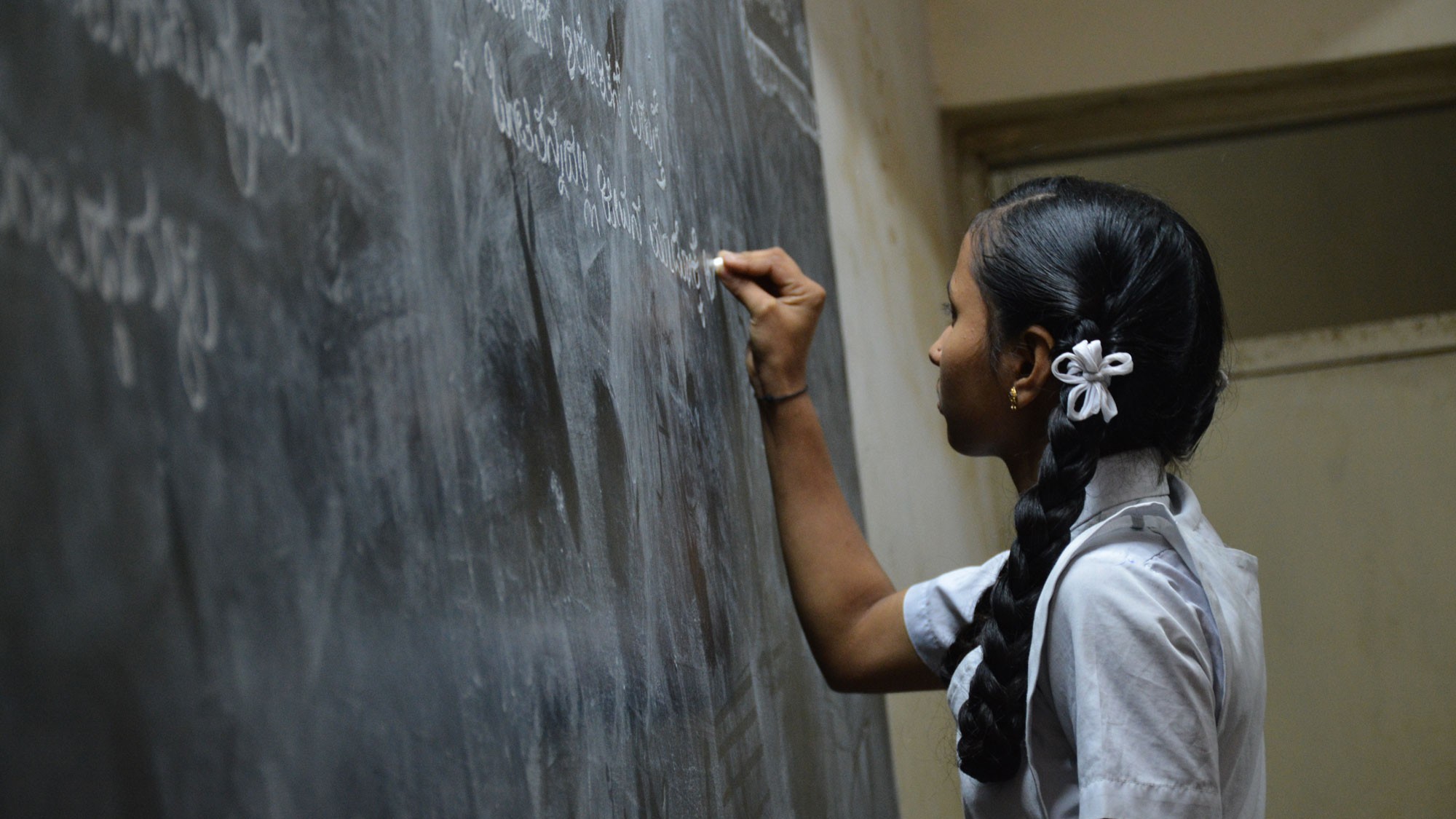I’m a big believer on education… but not so much on education system.
I feel the system is still heavily oriented towards passive learning. Students are force-fed tons of information without any practical guidance on how to use it in real life. Low motivation and shallow absorption rate is the result.
We need to do something about it, unless we are still ok with releasing a bunch of graduates every year who are clueless about their career running around applying random jobs like headless chickens.
There is a silver lining in this status quo. With the new paradigm shift in the education industry, many promising solutions are starting to come into the light.
One of them is Augmented Reality.
With AR slowly integrating into education, I believe it’s time to realistically assess the various aspects it can actually transform the education system.
- Utilizes More of Students’ Senses
Multi-sensory learning is a great catalyst for information absorption and retainment. We have to start to move away from text book, screen and lecture-based approach – anything that only involves only visual and auditory functions.With AR students are encouraged to interact WITH the subjects. Use hand gestures to controls the contents. Walk from side to side to see different perspectives. And add some dedicated controllers to make it more immersive.
- Promotes Active Participation
The passive learning approach suggests that the subject is the master of the students. It dictates what students should see and hear in a certain order.Active approach is the opposite. Students are pushed to break, dissect and digest the subject at their own hands. The students ACT upon the subject in the process of gaining mastery over it.
AR can greatly aid this process. It’s the nature of AR that makes its users eager to interact with the content. self-paced progress
For example. The traditional way to teach about solar system is to list all the planets and their illustrations in order. On each point, more details about the planet is given e.g. temperature, composition, orbit speed etc.
In AR, we spawn the whole solar system at once. Students will then find their way to each planet according to their interest. They are subconsciously role playing as planet hunters. On each planet, they will dig deeper to find the scientific facts.
This is not to say AR is to entirely replace text books. Rather, this example is highlighting the complementary value of AR. AR is great for initial absorption and retainment while text book still acts as a quick reference for later on.
- Fosters Collaboration
Ideas are not generated in a vacuum but rather in a lively exchange of thoughts. We can utilize AR to foster this key component.With shared experience, each AR device can see and manipulate the same content. So a group of students can throw in their ideas and apply it at the same time.
Think of an architecture course. Say a group of 3 students are assigned to design a simple shed in Japanese style. One student can research and show the image references of sheds in Japan, another gather and compare different wood materials, and the last one showing videos of how Japanese people actually making sheds.
Now all these references can be ‘pinned’ in the same space while they start sketching the basic 3D model. One can be in charge as the main modeller while the other 2 who see it real time can contribute suggestions and even help to modify some parts themselves.
These are but merely 3 areas where AR can transform education, and they’re barely scratching the surface. As creators invent more ways to utilize AR and headsets becoming more sophisticated, soon we will be spoiled with even greater number of transformative approaches.
But the current technology and expertise are already at the level where you can reap the benefits of AR starting today.

